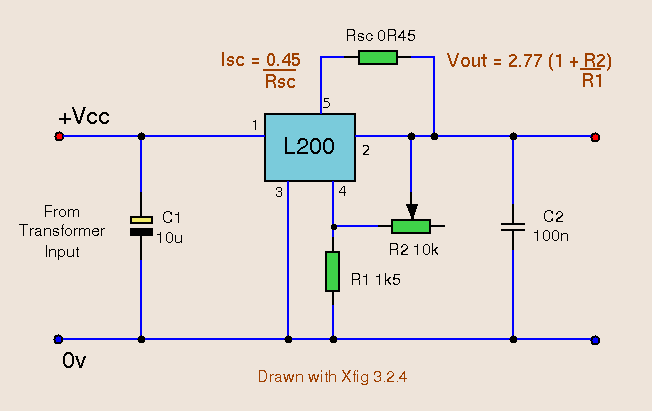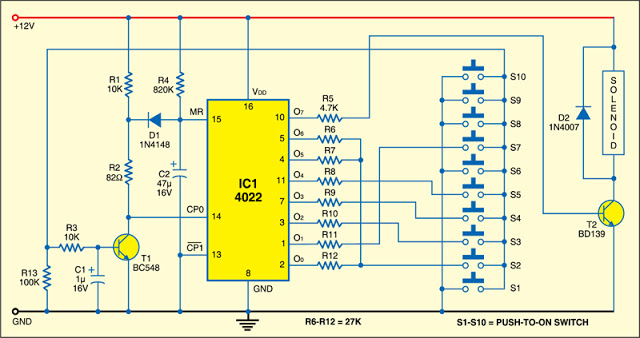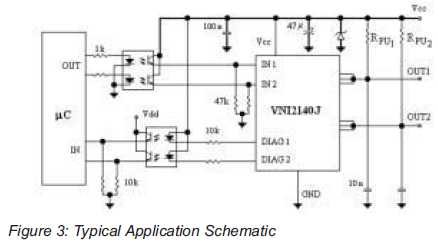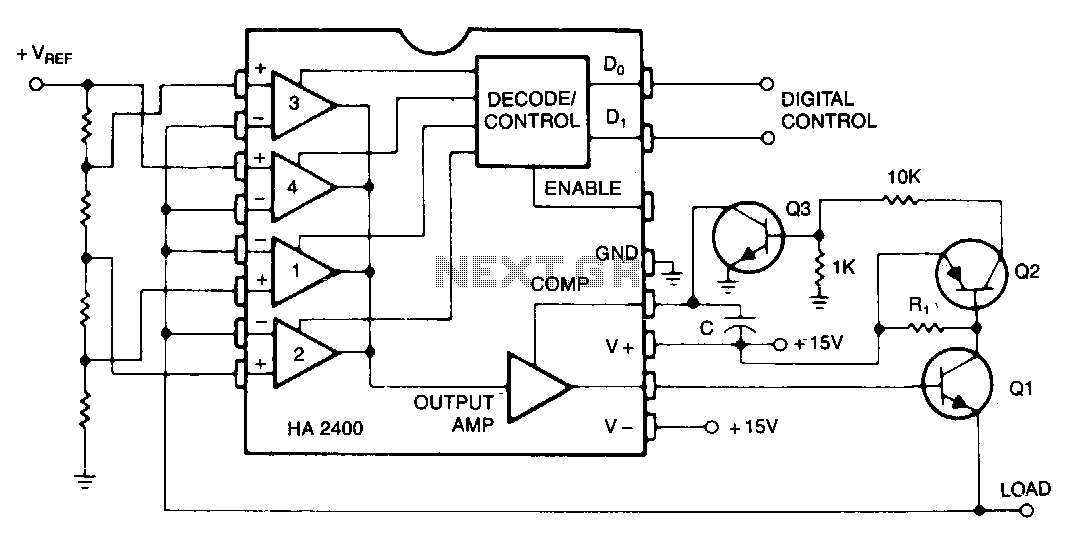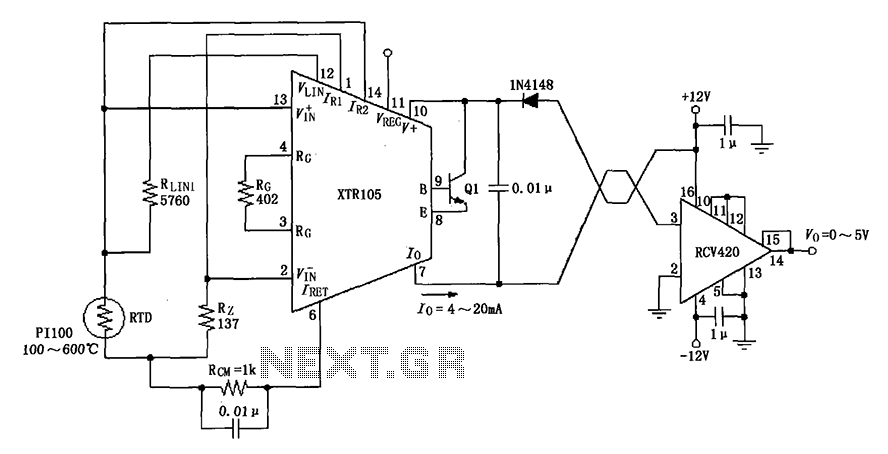
lm317 adjustable power supply electronic project
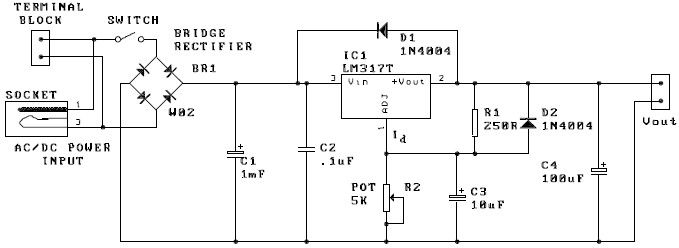
A potentiometer, designated as R2, can be utilized to adjust the desired output voltage. The kit is capable of accepting either AC or DC input through a socket or terminal block. It is advisable to incorporate protection diodes when external capacitors are employed with any integrated circuit (IC) regulator. This practice helps prevent capacitors from discharging back into the regulator during abnormal operating conditions, such as a sudden short circuit on the input or output, or back electromotive force (back EMF) from an inductive load, represented by diodes D1 and D2.
The circuit employs a potentiometer (R2) for voltage adjustment, allowing for fine-tuning of the output voltage according to specific requirements. This flexibility is crucial in applications where precise voltage levels are necessary for proper operation of downstream components. The input stage of the kit is designed to accommodate both AC and DC sources, enhancing its versatility in various applications.
When integrating external capacitors with an IC regulator, the addition of protection diodes (D1 and D2) is a critical design consideration. These diodes serve as a safeguard against potential damage caused by unexpected conditions such as short circuits or back EMF. Diode D1 is typically placed in reverse bias across the input to prevent reverse current flow from the capacitor back to the regulator during a fault condition. Similarly, diode D2 can be connected across the output to protect the regulator from back EMF generated by inductive loads, ensuring the longevity and reliability of the circuit.
In summary, the combination of a potentiometer for voltage adjustment and the strategic placement of protection diodes enhances the robustness and adaptability of the circuit, making it suitable for a wide range of electronic applications. Proper implementation of these components will contribute to a stable and reliable power supply system.By using a potentiometer, R2, as one of the resistors you can dial up the output voltage wanted. Either AC or DC input can be supplied to the Kit via a socket or terminal block. When external capacitors are used with any IC regulator it is good practice to add protection diodes to prevent the capacitors discharging back into the regulator in the e vent of abnormal operating conditions, like a sudden short circuit on the input or the output, or a back emf from an inductive load (D1 and D2). 🔗 External reference
The circuit employs a potentiometer (R2) for voltage adjustment, allowing for fine-tuning of the output voltage according to specific requirements. This flexibility is crucial in applications where precise voltage levels are necessary for proper operation of downstream components. The input stage of the kit is designed to accommodate both AC and DC sources, enhancing its versatility in various applications.
When integrating external capacitors with an IC regulator, the addition of protection diodes (D1 and D2) is a critical design consideration. These diodes serve as a safeguard against potential damage caused by unexpected conditions such as short circuits or back EMF. Diode D1 is typically placed in reverse bias across the input to prevent reverse current flow from the capacitor back to the regulator during a fault condition. Similarly, diode D2 can be connected across the output to protect the regulator from back EMF generated by inductive loads, ensuring the longevity and reliability of the circuit.
In summary, the combination of a potentiometer for voltage adjustment and the strategic placement of protection diodes enhances the robustness and adaptability of the circuit, making it suitable for a wide range of electronic applications. Proper implementation of these components will contribute to a stable and reliable power supply system.By using a potentiometer, R2, as one of the resistors you can dial up the output voltage wanted. Either AC or DC input can be supplied to the Kit via a socket or terminal block. When external capacitors are used with any IC regulator it is good practice to add protection diodes to prevent the capacitors discharging back into the regulator in the e vent of abnormal operating conditions, like a sudden short circuit on the input or the output, or a back emf from an inductive load (D1 and D2). 🔗 External reference
